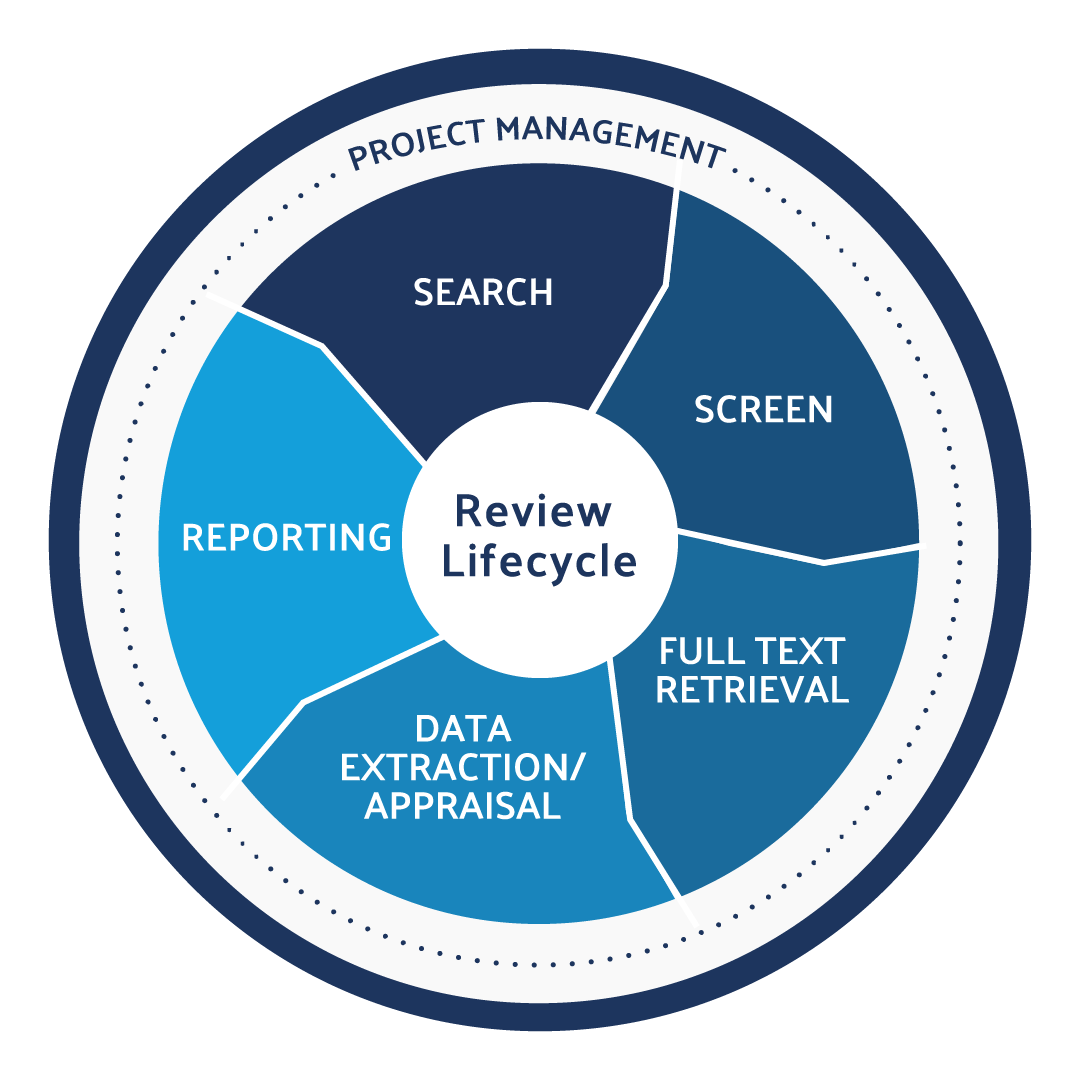IVDR Classification Guidance


Use DistillerSR to produce CER and PER literature reviews in an efficient, audit-ready, and compliant way.
One key component of regulatory compliance includes collecting and managing data from the available clinical evaluation reports, through systematic and literature reviews. Companies based in the European Union or selling in-vitro diagnostic products (IVDs) within the EU, must comply with Regulation (EU) 2017/746 otherwise termed the In-Vitro Diagnostic Regulation (IVDR). Even in the United States, regulatory agencies such as the Food and Drug Administration (FDA) are updating their regulations and guidelines to be consistent with the IVDR and other regulations in other parts of the world.
Previously, medical device manufacturers in the EU were supposed to follow the In-Vitro Diagnostic Directive (IVDD), which was not as comprehensive as the IVDR. A more detailed look at IVDR versus IVDD has revealed that IVDR is more inclusive than the previous directive and requires about 90% of IVDs sold in the EU to undergo a compliance review by a Notified Body (NB). Therefore, nearly all companies have a strong need to conduct quick systematic and literature reviews on in-vitro diagnostic product portfolios, to know if there is a need to undergo a fresh compliance assessment by an NB. The ability to automate systematic and literature reviews will eliminate avoidable errors and allow manufacturers to complete regulatory reviews within a short time.
The best way to understand whether devices need an NB review and how it affects their path to the market is to become familiar with the IVDR classification system. This is a risk-based system governed by rules that every IVD manufacturer must adhere to when classifying their devices. Here is a comprehensive IVDR classification guide.
An Overview of IVDR Classification
The IVDR classification system requires all IVD devices to be classified by risk, in the same way, that other medical and pharmaceutical products are classified under the EU Medical Device Regulations (EU-MDR). Because the nature of IVDs includes the collection of biological materials from humans, they pose a higher risk to public health, as biological materials may contain transmissible agents. Therefore, the IVDR classification system is structured to take this risk into account.
The IVDR classification system establishes four main risk classes, all based on patient and public health risks. The four classes include:
- Class A: low patient and public health risk
- Class B: moderate patient risk and/or low public health risk
- Class C: high patient risk and/or moderate public health risk
- Class D: high patient risk and high public health risk
Learn More About DistillerSR
(Article continues below)
Types of IVD Devices in Each Class
Each of the four risk classes includes a wide range of IVDs that you need to be aware of before you start classifying your medical devices. Here are some common types of IVDs in each risk class:
- Class A: specimen receptacles, laboratory equipment, and buffer solutions.
- Class B: pregnancy testing kits, fertility testing instruments, and cholesterol testing kits. This class also carries IVDs that are not covered by other medical rules.
- Class C: comprises devices meant for detecting infectious agents that do not spread quickly, or the presence of infectious agents that are deadly or capable of causing permanent disability after erroneous results.
- Class D: includes devices designed to detect life-threatening or highly infectious agents that spread easily.
IVDR Classification Rules
Annex VIII of the IVDR provides seven rules that all IVD manufacturers must follow when classifying their devices. You must ensure that all your IVDs are compliant by reviewing the available CERs through systematic and literature reviews. Here are the seven IVDR rules:
Rule One
IVDs should be put in Class D if they:
- Detect or are exposed to infectious agents in the blood or tissue
- Detect or come into contact with an infectious agent that can lead to a deadly disease that spreads easily
- Evaluate the transmissible load of a deadly disease that needs to be closely monitored
Rule Two
All devices used in blood grouping and tissue typing to evaluate the compatibility of blood, organs, and tissue during transfusion, cell administration, or transplantation should be placed in Class C, with a few specific exceptions. These exceptions include blood grouping for the following markers: ABO system, Rhesus system, Kell system, Kidd system, or Duffy system, in which case they would be listed as Class D.
Rule Three
It lists devices that fall into Class C, including (but not limited to) those that:
- Detect or come into contact with sexually transmitted agents
- Detecting infectious agents that are not easily spread
- Detect infectious agents when there is a high risk of disability or death due to errors in the results
Rule Four
All self-testing devices should be classified as Class C, with exceptions such as fertility tests, cholesterol tests and pregnancy tests, as they fall under Class B.
Rule Five
Products for general laboratory use, equipment, and specimen receptacles fall under Class A.
Rule Six
All devices not covered by the previous rules are classified as Class B.
Rule Seven
All devices that serve as controls without any qualitative or quantitative value are classified as Class B. Following the well-laid out guidelines in Regulation (EU) 2017/746 for in-vitro diagnostic product device classification will ensure that manufacturers are in compliance with the IVDR regulation.








